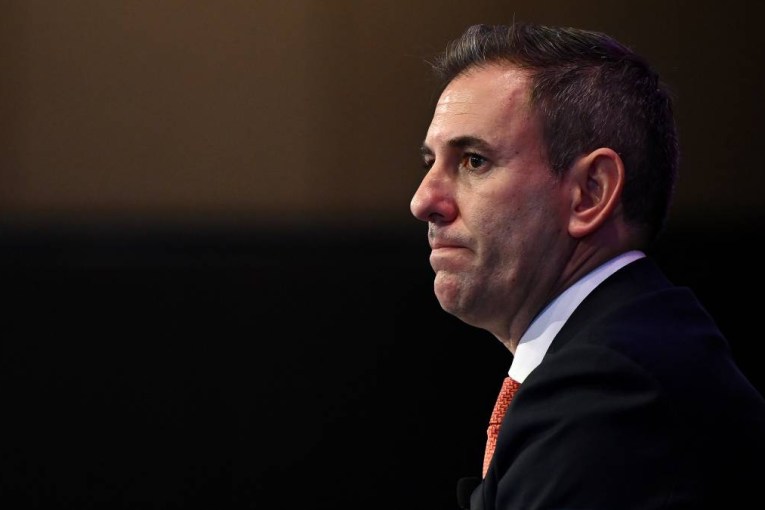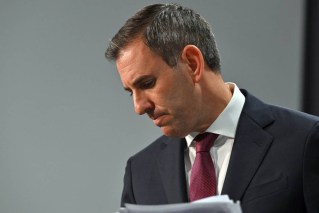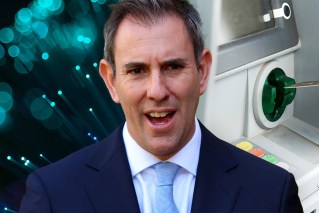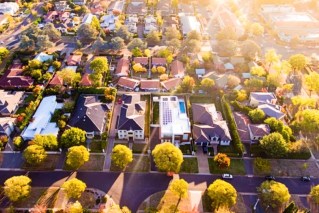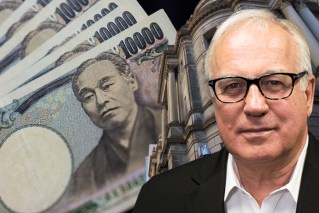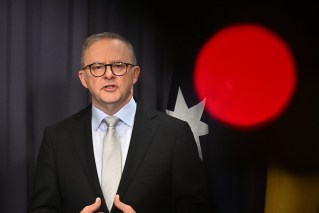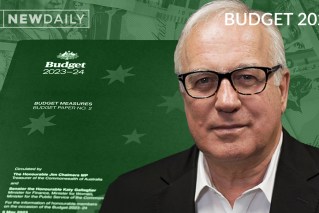‘It’s the stuff of fairy tales’: The spin is out of control as living standards fall

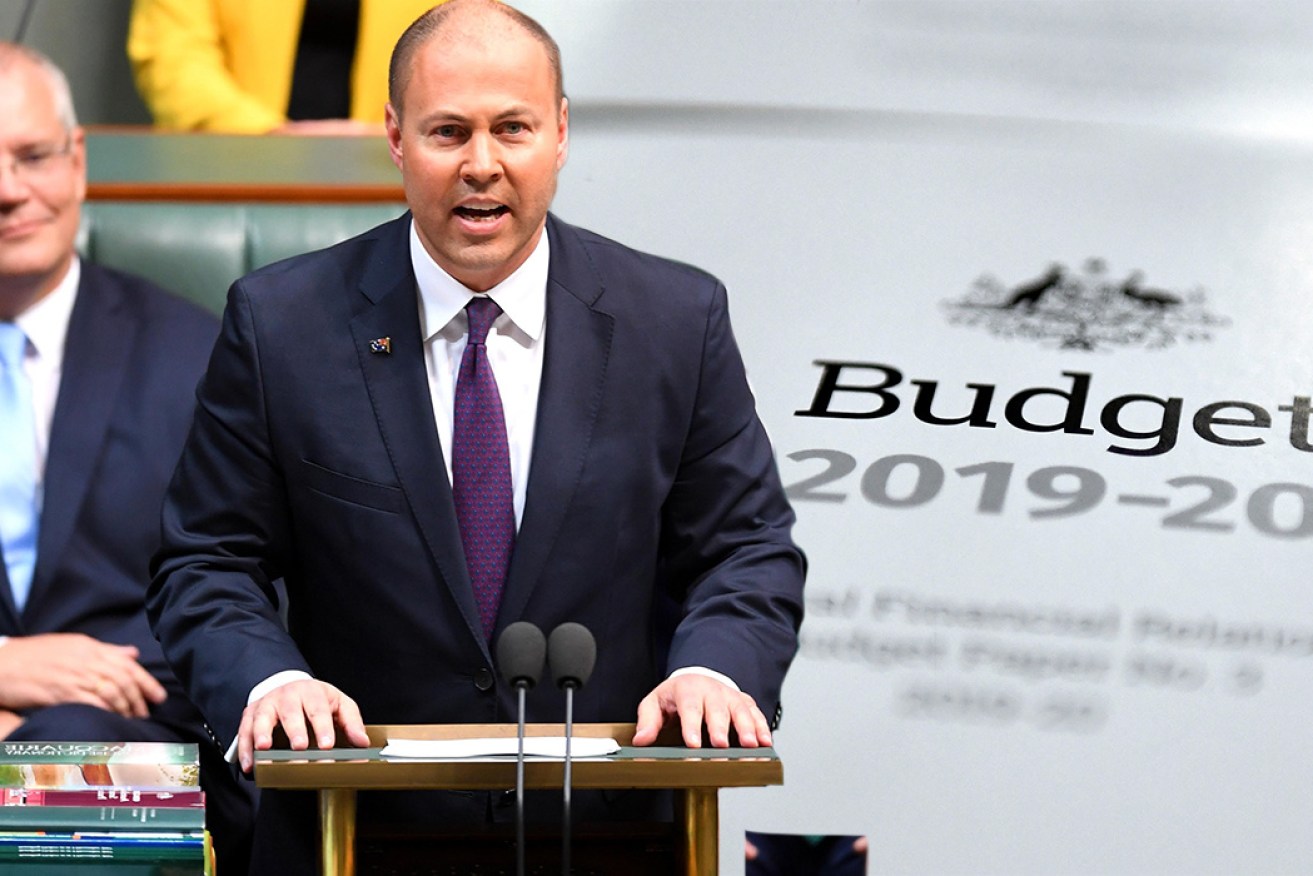
Josh Frydenberg's MYEFO was not nearly as positive as he made it sounds, writes Michael Pascoe. Photos: AAP
In many ways Josh Frydenberg’s mid-year economic and fiscal outlook was worse than his April budget, a budget that the MYEFO was devoted to downgrading.
Despite having to fess up to the budget forecasts being fantasy items, the MYEFO was a cruel and self-contradictory little effort.
At least the budget was based on hope, on the belief tax cuts for lower-paid Australians would spark increased consumption – a mini-cash splash echoing Wayne Swan when the GFC hit.
The budget promised the tax cut stimulus would result in stronger wage growth, the thing that actually delivers improved living standards for average Australians.
As explained here at the time, the government was fooling itself about stronger wages growth because it also believed unemployment would remain stuck at 5 per cent.
Wages aren’t going to take off while unemployment – let alone underemployment – remains high.
Eight months after delivering his first budget, the Treasurer seems to have learned nothing, or the government is only trying to fool the punters and people who write for the Murdoch press.

Treasurer Frydenberg’s first budget may deliver a surplus, but not a big one. Photo: AAP
Now the government is claiming unemployment can remain stuck at 5.25 per cent this financial year and the next, and consumption and wages growth will still improve – albeit not as quickly as the budget promised.
(According to the MYEFO, the wage price index will rise by 2.5 per cent this year and next year, down from the Budget’s 2.75 per cent and laughable 3.25 per cent, and then climb to 2.75 per cent in 2021-22 and 3 per cent thereafter.)
The cruelty in this ruse is that Treasurer Frydenberg explicitly believes the ‘natural’ rate of unemployment is 5 per cent – a figure the Reserve Bank has explicitly retreated from.
The MYEFO states that, beyond 2020-21:
The unemployment rate is projected to be 5 per cent consistent with estimates of the non-accelerating inflation rate of unemployment (NAIRU).
Having had a large reality check, the RBA has long since moved to the idea that Australia’s NAIRU is 4.5 per cent “or lower” (I’d argue the experience of the past year or so indicates it’s more likely to start with a 3).
Without hitting or going below NAIRU, wages growth doesn’t accelerate; after inflation and income tax, people on median wages don’t get ahead.
You can pluck whatever GDP growth figure you like out of the air, but ordinary people don’t see their living standards improve while those at the top reap all the gains.
Having been hopelessly wrong about wages growth this decade, the RBA has devoted a great deal of effort to trying to understand what’s really happening.
The result of that work was in a speech by the deputy governor last month that concluded wages growth will remain effectively stagnant.
MYEFO’s fine print means the Treasury and/or the Treasurer don’t believe the RBA’s research, preferring not to look out the window and learn from experience.
Treasurer Frydenberg also has a rosier view of the inflation outlook than the RBA, even though the RBA is supposed to be the body most focused on what inflation is doing.
The RBA’s quarterly statement on monetary policy last month forecast the Consumer Price Index would rise by 2 per cent this financial year and 1.75 per cent next year.
Treasury agrees about the 2 per cent this year but predicts it will rise to 2.25 per cent in 2020-21 and then sit at 2.5 per cent thereafter.
The RBA desperately wishes that was the case, but can’t see it happening.

RBA governor Philip Lowe would love for Treasury’s predictions to come true. Photo: AAP
The Treasurer has a big incentive to believe in higher inflation and wages growth – he needs it to make his budget figures add up to the small surplus.
The sacredness of the surplus – any surplus – means Treasurer Frydenberg was spinning hard on Monday to give the impression the government was working to stimulate the economy when it is not.
An easy and important example was the effort to give the impression the government was increasing its investment in infrastructure spending, “an additional $4.2 billion over the forward estimates”.
But reading the document closely shows that $4.2 billion is “part of the Australian government’s total transport infrastructure investment of $100 billion over the next 10 years”.
So there’s no increase, no “new” money, just a little fiddling with the dubious timing of spending a bit further down the track.
And at this stage it is necessary to repeat one more time for the dummies that Treasury only tries to forecast for two years – this financial year and the next.
After that, all the figures in the Budget and MYEFO are “projections” based on the assumption that everything is going to be tickety-boo with all the economy’s excess capacity absorbed over five years.
It’s the stuff of fairy tales, with Treasurers living happily ever after.
And that makes all the fevered reporting of surplus figures over the next four years so much poppycock.
You may as well report today on the likely winner of the 2023 Melbourne Cup.
But it all works for the government that’s fiddling numbers while ordinary Australians’ living standards stagnate.
It’s consistent with the government talking nonsense about reducing carbon emissions, part of the big political victory of spin over substance.
Hands up if you heard any report that our economic growth had been downgraded primarily because of the drought and international trade head winds?
That’s what Josh Frydenberg would like to you believe. It’s not true.
Growth is lower because of weak consumption because of weak wages growth while the government pursues a policy of wages suppression.
The RBA is right – for as far as the eye dares see, wages growth isn’t going to improve.
But you won’t here that from our Treasurer, Hans Christian Andersen.
